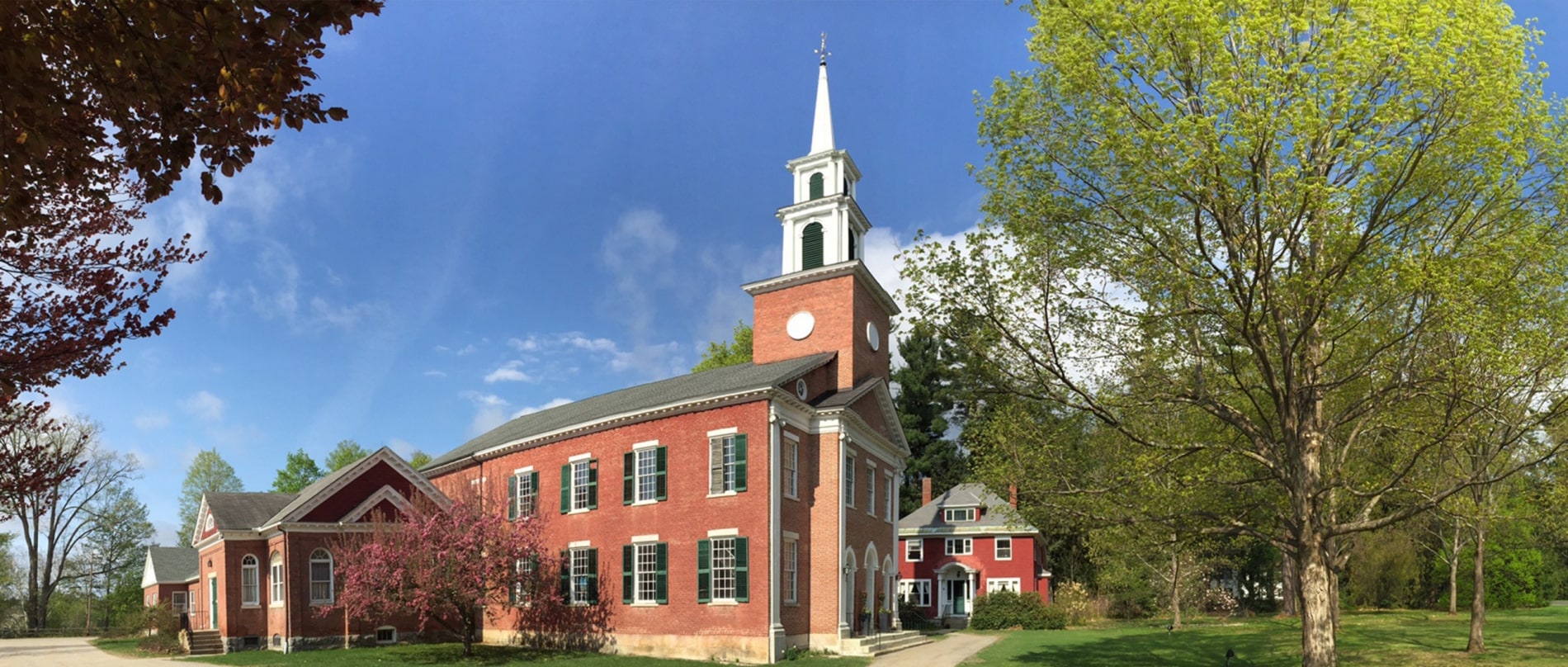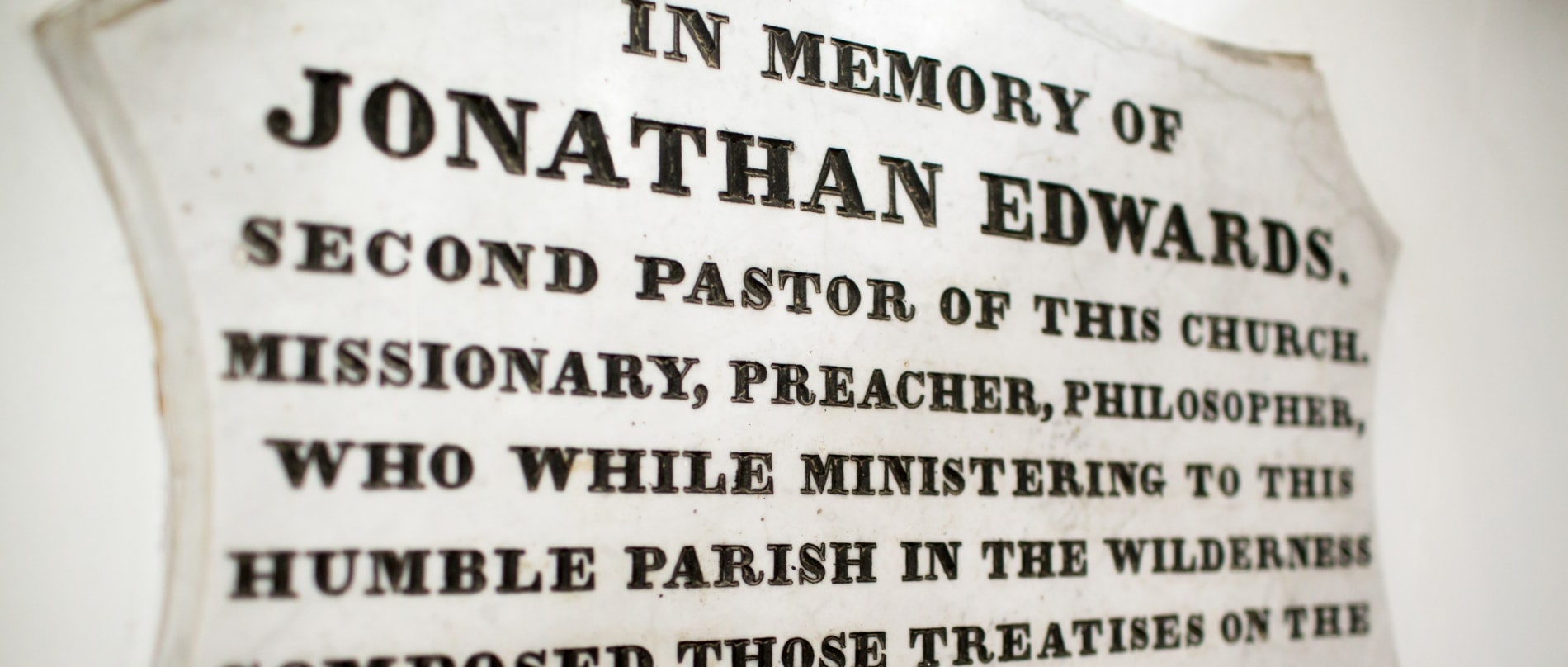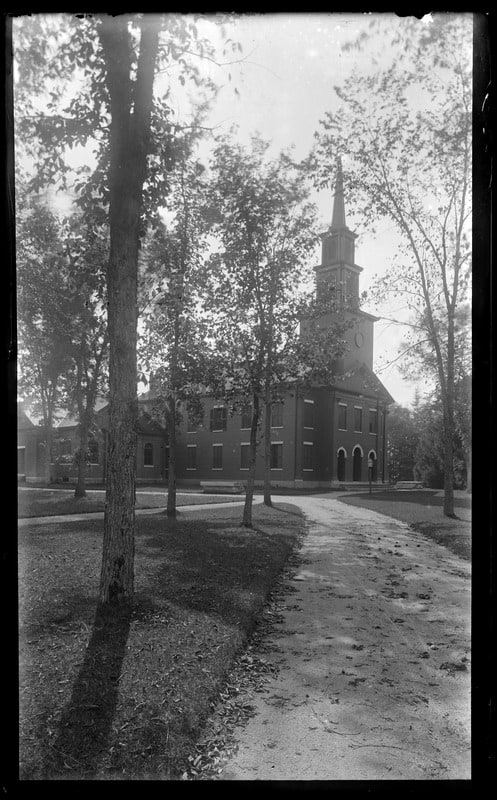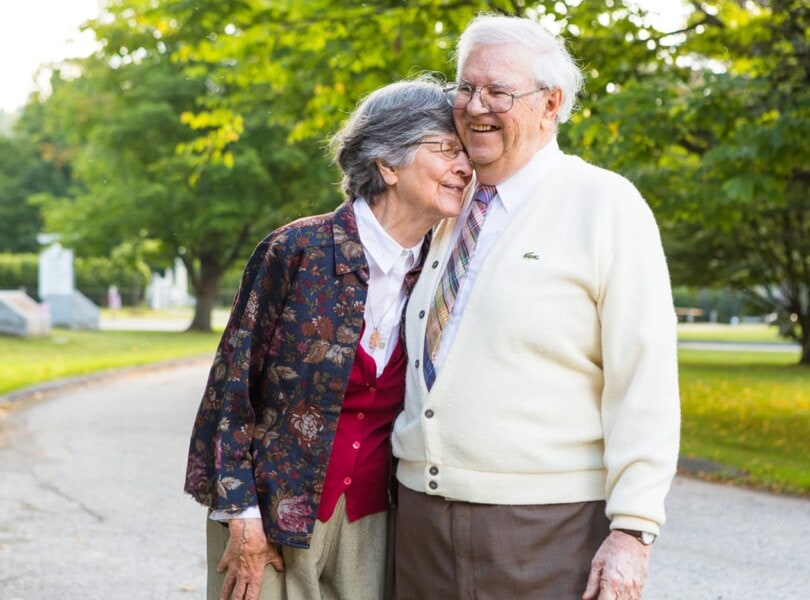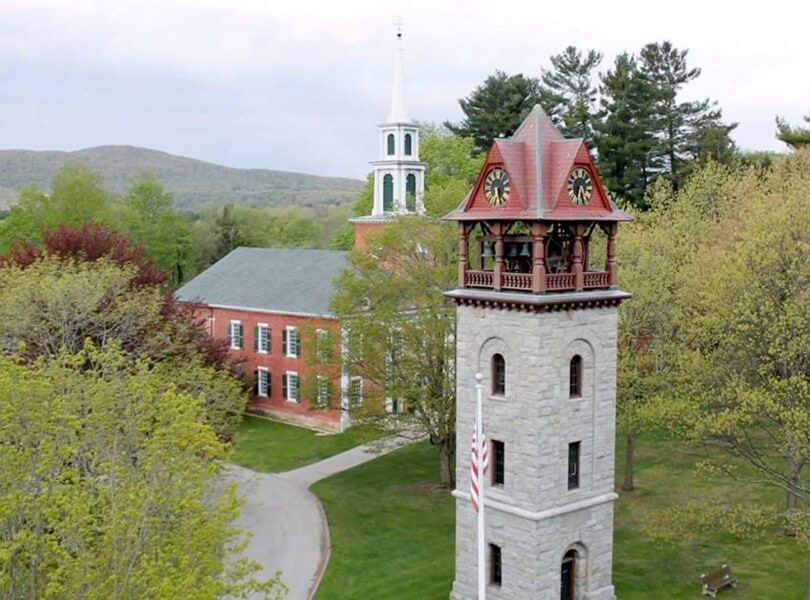Our Mission
Our purpose as a church is to carry on the mission and ministry that God initiated in the person of Jesus of Nazareth, whom we recognize as the Christ: to represent Christ, God’s saving and healing love, both locally and in the wider world.
Our mission invites our gaze back to Jesus and his understanding, purpose and way of living not just to learn from it, but that it might be our touchstone and guiding star in our own living today. We see his humble leadership, his personal care and connection to those in need, his willingness to sacrificially speak truth to power, and his devotion and obedience to God as blueprints for the way we live individually and as a church. Jesus lived in difficult times when dynamics of power, politics and division were rampant – times when ordinary people were tempted to give in or give up. Our times are similar, and our mission reminds us that in such times it is love freely given—even and especially by ordinary people in small towns—that can be healing and saving even to the whole world.
Our Vision
In 2017, the church affirmed a seven year vision, “Transformed and Transforming.” It calls us to a future in which we are more deeply grounded in God, have become the body of Christ in ways that matter, and are responding to the call of the Spirit in the world. Read more about our Vision.
Our History
Our storied history stretches back to the earliest days of Stockbridge. We value and treasure all who have gone before us and on whose shoulders we stand. And yet we recognize that no moment is more important than God’s calling on our lives in the present.
Our church was formally organized in October 1734 in the Native American settlement of Stockbridge. A young man finishing his ministerial studies at Yale named John Sergeant was called by the Muh-He-Kun-Ne-Ok (Mohican) people of the Berkshire Hills to serve as their pastor. His stated intentions were to fulfill his dream of “cultivating humanity and promoting the salvation of souls,” when he assumed his duties. On October 18, 1734 at a meeting with Lt. Umpachene (John Sergeant’s interpreter) and a Christian Mission, Umpachene was baptized by Nehemiah Bull. This was the birth of our church.
Sergeant was well-loved by his adopted people, and many became Christians because of his influence. He brought two young men back with him to Yale in order that he might learn the language of the tribe and preach in it to the people. Sergeant was also instrumental in securing rights and protections for the native people as new settlers continued to arrive. Sergeant died in 1749 and was succeeded by Jonathan Edwards, who was among the most influential colonial-era clergy. While in Stockbridge, Edwards devoted his time to continuing Sergeant’s work among the Mohican people and to writing. It was during his tenure here that he wrote his masterpiece, Freedom of the Will, which remains one of the greatest works in American theology. Edwards left the church to become the President of The College of New Jersey (Princeton).
The very first church building stood from 1739-1785 a stone’s throw from our current building on the green where Children’s Chimes Tower now stands. It was two stories high and built of wood with three doors: one at each end and one on the south side. There were two aisles in this church. It was torn down to make a barn. The second church building (1785-1824) stood on high ground at the foot of Old Meeting House Road. It was also made of wood, 60’ x 50’, and the steeple rose to 62’ at the east end. It was often repaired and finally deemed unsafe. The present brick building, built in 1824, was restructured in 1865 to accommodate the famous Johnson Organ; the Education building was added in 1956 and the pulpit/lectern area redesigned in 1998. (Information taken from The First 250 years…1734-1984) Also in 1824, the church was the first congregational church in Berkshire County to disassociate itself from the state, thus separating the church’s finances from those of the town.
The twentieth century continued to build upon the church’s legacy. From 1950 to 1971, famous theologian Reinhold Niebuhr made this his church home. In 1957 ours was the first Congregational Church in the nation to cast an affirmative vote to join with Congregational, Christian, Evangelical and Reformed churches to form the present United Church of Christ. In 1973, the church was the first in the Berkshire Association of the UCC to ordain a woman, Rev. Lois Rose. In 1986, Penna Rose, who currently serves as the director of Chapel Music at Princeton, came to serve as our Minister of Music. She deepened the congregation’s experience of music, now a hallmark of our shared life, and in 1987 founded the Stockbridge Festival Chorus. Even more recently, Rev. Dr. Max Stackhouse, one of the fathers of Public Theology, was active in the life of the congregation, helping to guide the congregation’s education and theological study of contemporary issues. He and his wife, Jean Stackhouse, founded the Berkshire Institute for Theology and the Arts at the church in the late 1980s.
In recent decades, this congregation has witnessed many changes in Stockbridge and the Berkshires, and has remained a vital institution in our historic town. In 2009, the church continued its tradition of standing on the side of justice, sensing that God was calling the church to extend an explicit and extravagant welcome to LGBTQ+ persons, and consequently voted to become an Open and Affirming Congregation. In 2012, the church called its first openly gay minister, Rev. Brent Damrow. In 2013, Brent was invited to deliver the Benediction for Governor Deval Patrick’s final State of the Commonwealth Address.
The church is currently growing, attracting a diverse group of new members including younger families, retirees, people new to faith, and those in all stages of life’s journey. The church recently affirmed a seven year vision, “Transformed and Transforming” that invites us to be grounded in our faith, to become the body of Christ, and respond to the call of the Spirit in the world. Today, after nearly three centuries of ministry, the First Congregational Church of Stockbridge finds itself with a renewed spirit, energy, and sense of calling as it seeks to follow the way of Christ in the 21st century.


